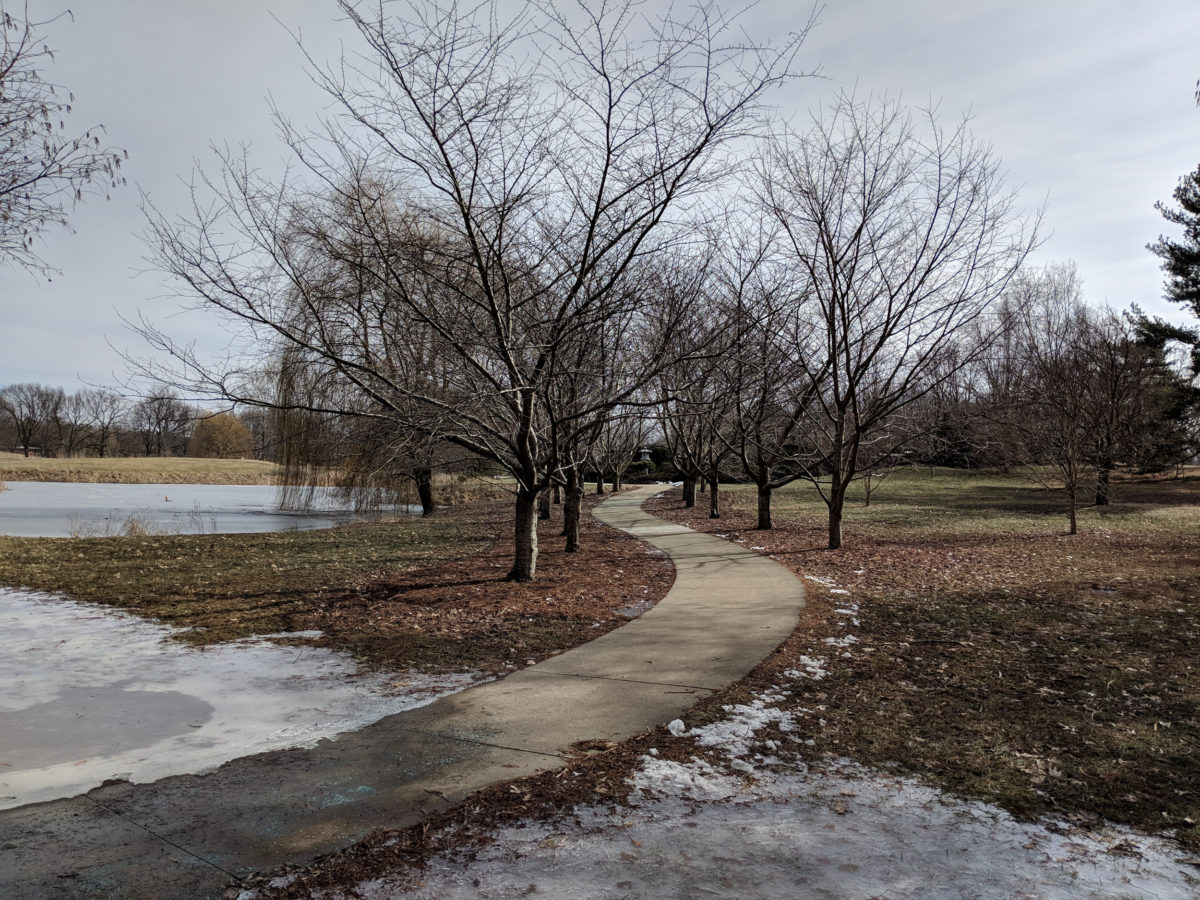Here’s an idea for an app that someone should write. I call it MeetAt. The code should be pretty straightforward—you could easily enough build it on the guts of any location-aware app.
The user interface is simple. You see a short of list of common contacts (but probably also access to the whole contact list). You pick one or more contacts to whom you’ll send a message in the form of “Hey, let’s meet at [location]!”
Next you see a short list of common locations—home, work, the coffee shop, the library . . . Ideally the list would piggyback on some already existing list of locations that you care about, but in any case it would be configurable.
That’s all pretty obvious, but here’s the (slightly) clever bit: At the top of the list would be a button for “somewhere in between,” and when you clicked it you’d get a list of locations that are in between where you are and where your contact is. (This is assuming that you’ve previously approved sharing location information with one another via this app.)
The easiest implementation of that would be simply to draw a line, find the midpoint, and then do a Google location look-up which will present you with a list of named places near that location. (Or, if you want to be Google-free, something based on Open Street Map or something else.
You could, however, enhance that in a lot of ways. For example, your device could detect if one of you is on foot or on a bicycle or in a car, and could suggest locations that could be reached in about the same amount of time by both parties, given relative travel speeds. If one of you is on a bus, it could identify which upcoming bus stop would be the closest walk for the person on foot.
The app would also generate an expected meeting time, based on whatever travel modes it was expecting people to use.
The result would be a message sent that says, “Let’s met at [location] in [n] minutes,” to which the other person could reply “Okay” with a single click. With a few more clicks, the other person could propose an alternative location or time.
Personally, I’d use an app like that all the time.



